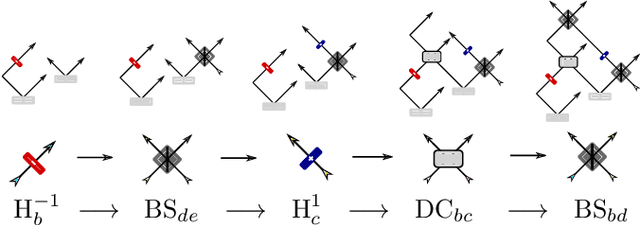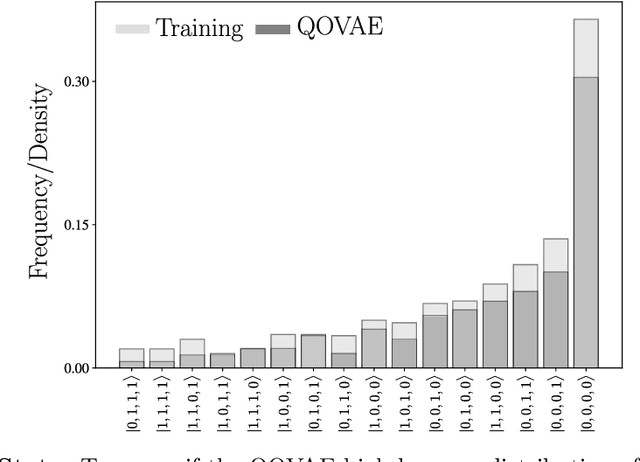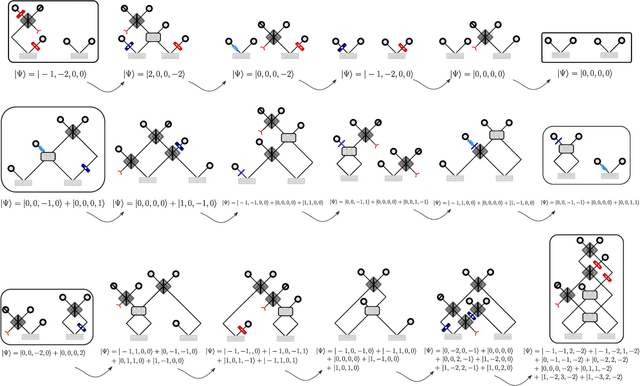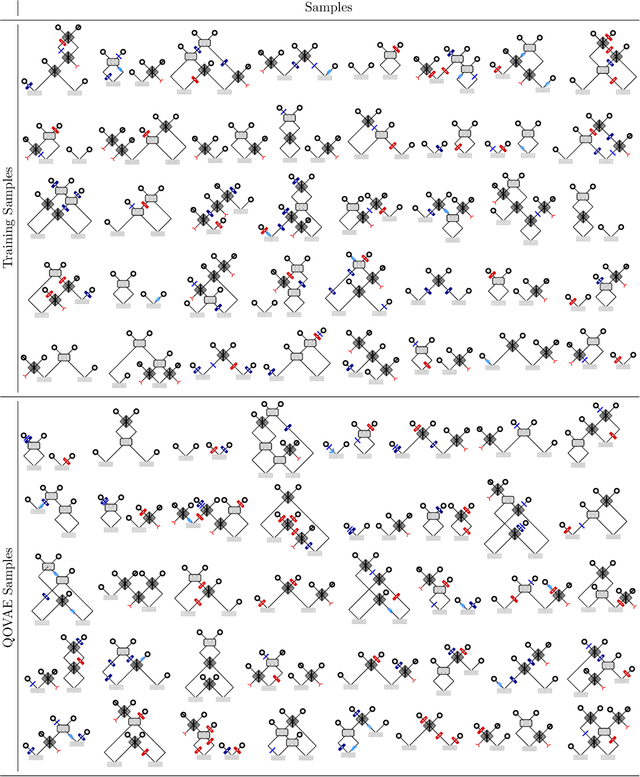Xuemei Gu
Discovering emergent connections in quantum physics research via dynamic word embeddings
Nov 10, 2024Abstract:As the field of quantum physics evolves, researchers naturally form subgroups focusing on specialized problems. While this encourages in-depth exploration, it can limit the exchange of ideas across structurally similar problems in different subfields. To encourage cross-talk among these different specialized areas, data-driven approaches using machine learning have recently shown promise to uncover meaningful connections between research concepts, promoting cross-disciplinary innovation. Current state-of-the-art approaches represent concepts using knowledge graphs and frame the task as a link prediction problem, where connections between concepts are explicitly modeled. In this work, we introduce a novel approach based on dynamic word embeddings for concept combination prediction. Unlike knowledge graphs, our method captures implicit relationships between concepts, can be learned in a fully unsupervised manner, and encodes a broader spectrum of information. We demonstrate that this representation enables accurate predictions about the co-occurrence of concepts within research abstracts over time. To validate the effectiveness of our approach, we provide a comprehensive benchmark against existing methods and offer insights into the interpretability of these embeddings, particularly in the context of quantum physics research. Our findings suggest that this representation offers a more flexible and informative way of modeling conceptual relationships in scientific literature.
Generation and human-expert evaluation of interesting research ideas using knowledge graphs and large language models
May 27, 2024Abstract:Advanced artificial intelligence (AI) systems with access to millions of research papers could inspire new research ideas that may not be conceived by humans alone. However, how interesting are these AI-generated ideas, and how can we improve their quality? Here, we introduce SciMuse, a system that uses an evolving knowledge graph built from more than 58 million scientific papers to generate personalized research ideas via an interface to GPT-4. We conducted a large-scale human evaluation with over 100 research group leaders from the Max Planck Society, who ranked more than 4,000 personalized research ideas based on their level of interest. This evaluation allows us to understand the relationships between scientific interest and the core properties of the knowledge graph. We find that data-efficient machine learning can predict research interest with high precision, allowing us to optimize the interest-level of generated research ideas. This work represents a step towards an artificial scientific muse that could catalyze unforeseen collaborations and suggest interesting avenues for scientists.
Forecasting high-impact research topics via machine learning on evolving knowledge graphs
Feb 13, 2024Abstract:The exponential growth in scientific publications poses a severe challenge for human researchers. It forces attention to more narrow sub-fields, which makes it challenging to discover new impactful research ideas and collaborations outside one's own field. While there are ways to predict a scientific paper's future citation counts, they need the research to be finished and the paper written, usually assessing impact long after the idea was conceived. Here we show how to predict the impact of onsets of ideas that have never been published by researchers. For that, we developed a large evolving knowledge graph built from more than 21 million scientific papers. It combines a semantic network created from the content of the papers and an impact network created from the historic citations of papers. Using machine learning, we can predict the dynamic of the evolving network into the future with high accuracy, and thereby the impact of new research directions. We envision that the ability to predict the impact of new ideas will be a crucial component of future artificial muses that can inspire new impactful and interesting scientific ideas.
Deep Quantum Graph Dreaming: Deciphering Neural Network Insights into Quantum Experiments
Sep 13, 2023Abstract:Despite their promise to facilitate new scientific discoveries, the opaqueness of neural networks presents a challenge in interpreting the logic behind their findings. Here, we use a eXplainable-AI (XAI) technique called $inception$ or $deep$ $dreaming$, which has been invented in machine learning for computer vision. We use this techniques to explore what neural networks learn about quantum optics experiments. Our story begins by training a deep neural networks on the properties of quantum systems. Once trained, we "invert" the neural network -- effectively asking how it imagines a quantum system with a specific property, and how it would continuously modify the quantum system to change a property. We find that the network can shift the initial distribution of properties of the quantum system, and we can conceptualize the learned strategies of the neural network. Interestingly, we find that, in the first layers, the neural network identifies simple properties, while in the deeper ones, it can identify complex quantum structures and even quantum entanglement. This is in reminiscence of long-understood properties known in computer vision, which we now identify in a complex natural science task. Our approach could be useful in a more interpretable way to develop new advanced AI-based scientific discovery techniques in quantum physics.
Learning Interpretable Representations of Entanglement in Quantum Optics Experiments using Deep Generative Models
Sep 06, 2021



Abstract:Quantum physics experiments produce interesting phenomena such as interference or entanglement, which is a core property of numerous future quantum technologies. The complex relationship between a quantum experiment's structure and its entanglement properties is essential to fundamental research in quantum optics but is difficult to intuitively understand. We present the first deep generative model of quantum optics experiments where a variational autoencoder (QOVAE) is trained on a dataset of experimental setups. In a series of computational experiments, we investigate the learned representation of the QOVAE and its internal understanding of the quantum optics world. We demonstrate that the QOVAE learns an intrepretable representation of quantum optics experiments and the relationship between experiment structure and entanglement. We show the QOVAE is able to generate novel experiments for highly entangled quantum states with specific distributions that match its training data. Importantly, we are able to fully interpret how the QOVAE structures its latent space, finding curious patterns that we can entirely explain in terms of quantum physics. The results demonstrate how we can successfully use and understand the internal representations of deep generative models in a complex scientific domain. The QOVAE and the insights from our investigations can be immediately applied to other physical systems throughout fundamental scientific research.
 Add to Chrome
Add to Chrome Add to Firefox
Add to Firefox Add to Edge
Add to Edge